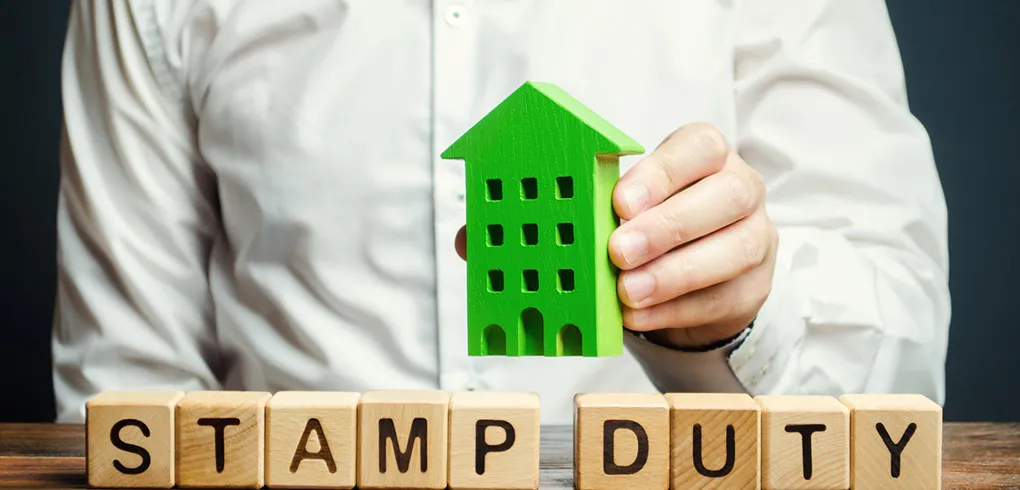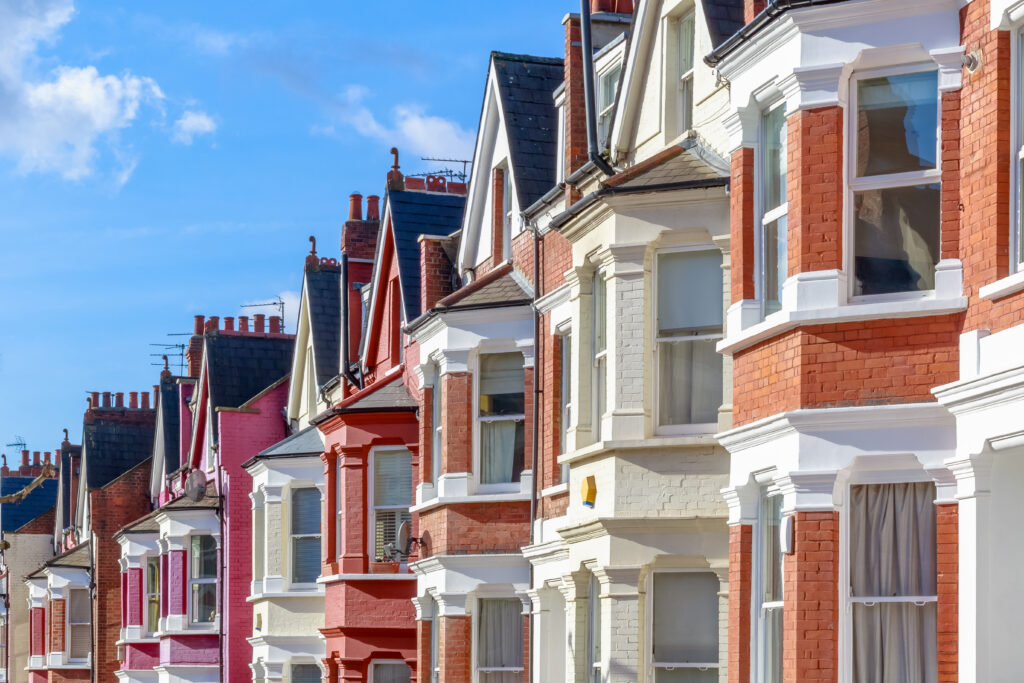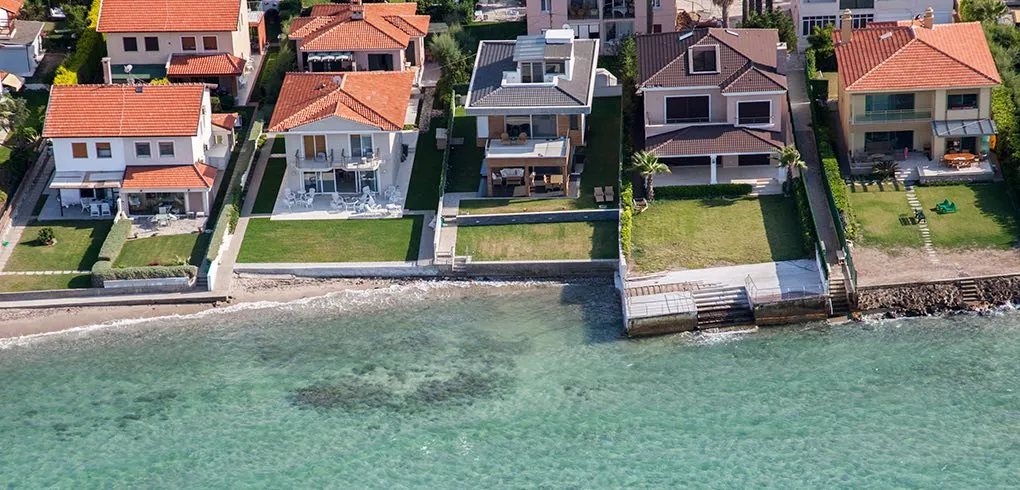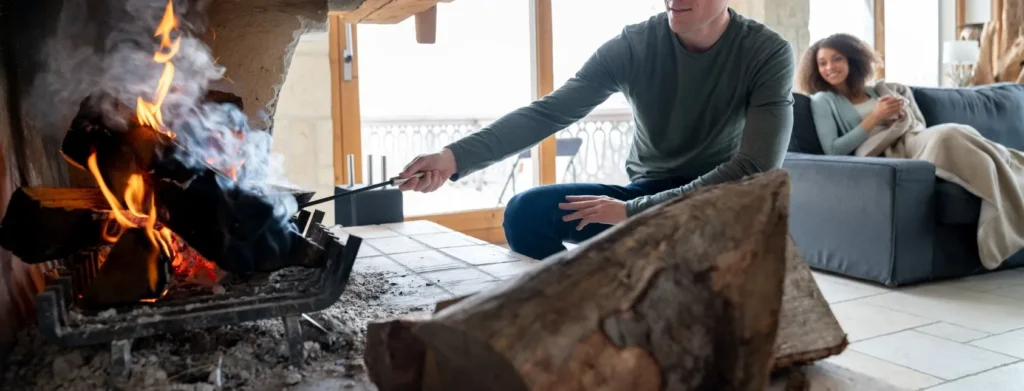
Stamp Duty on Second Home and Second Property Tax in the UK
Buying a second home or buy-to-let property? Learn all about Stamp Duty on second homes right here. Work out how much second home Stamp Duty you’ll pay with our calculator, what the different rates are, when you’re exempt and more.
This guide has been produced for information purposes only. As a buy-to-let mortgage broker, we’re not able to offer tax advice. Speak to a tax adviser if you need some tax guidance.
There are so many different Stamp Duty rates that it can be a challenge to identify how much you’re liable to pay on a specific property. In this guide, we’ll explain everything you need to know about paying Stamp Duty on a second home or property.
Contents
What Is Stamp Duty?
England and Northern Ireland
You pay Stamp Duty Land Tax when you purchase a property or land over a certain value in England and Northern Ireland. You have to pay this tax on most properties, including:
- A freehold property
- A leasehold property with a new or existing leasehold
- A property using a shared ownership scheme
- Land
If you buy a property which will function as your main and only residence, you’ll pay Stamp Duty at the standard rates.
If you buy a second home or a buy-to-let property, you’ll pay Stamp Duty at the standard rates plus a 5% surcharge on each band. The Stamp Duty Tax rates for second homes and buy-to-let properties are the same because they both qualify as second residences.
Scotland
In Scotland, you pay LBTT (Land and Building Transaction Tax) when you purchase a property. This works similarly to Stamp Duty but has different tax thresholds and rates.
You pay an ADS (Additional Dwelling Supplement) on second homes or buy-to-lets in Scotland not second home Stamp Duty. The ADS is a flat 8% of the total property purchase price and is applied in addition to the standard LBTT rates.
Wales
In Wales, you pay the main rates of LTT (Land Transaction Tax) when you purchase a property. This also works similarly to Stamp Duty but has different tax thresholds and rates.
You pay the higher rates of LTT on second homes and buy-to-lets in Wales. These are entirely separate rates and thresholds from the main rates of LTT.
How Much Is Stamp Duty on a Second Home?

In England and Northern Ireland, Stamp Duty on a second home includes Stamp Duty at the standard rates plus a 5% surcharge.
How to Work Out Stamp Duty on Second Home
Stamp Duty is worked out using the property purchase price and banded rates. Each band indicates the rate at which you’ll Stamp Duty on that portion of the property price. For example, a main residence purchased at £300,000 will incur Stamp Duty rates of 0% on the first £125,000, 2% on the next £125,000 and 5% on the last £50,000. In this example the total amount of Stamp Duty payable would be £5,000.
Use our Second Home Stamp Duty Calculator to work out how much Stamp Duty you’ll pay on a second home.
Stamp Duty Second Home Tax Bands
Second home Stamp Duty follows the same principle and bands as standard Stamp Duty but includes a 5% surcharge on top standard Stamp Duty Rates. For example a second home or buy-to-let purchased at £300,000 will incur Stamp Duty rates of 5% on the first £125,000, 7% on the next £125,000 and 10% on the final £50,000. In this example the total amount of Stamp Duty payable would be £20,000.
Stamp Duty Second Home Rates
Here are the Stamp Duty Tax rates for buying a second home in England or Northern Ireland:
You’ll pay a 5% Stamp Duty surcharge on top of the standard Stamp Duty rate.
| Property Value | Standard SDLT Rate from 1/4/25 | SDLT Rate on Second Homes or Buy-to-Lets from 1/4/25 |
|---|---|---|
| Up to £125,000 | 0% | 5% |
| £125,001 – £250,000 | 2% | 7% |
| £250,001 – £925,000 | 5% | 10% |
| £925,001 – £1,500,000 | 10% | 15% |
| From £1,500,001 | 12% | 17% |
Second home Stamp Duty example calculation
You’re buying a second home for £700,000. The maximum rate of Stamp Duty you’ll pay is 10% but this is only for the amount of your property value over £250,000, i.e. £450,000. You pay Additional Stamp Duty of 5% on the first £125,000, 7% on the next £125,000 and 10% on the remaining £450,000.
You’ll pay:
- 5% on the first £125,000 of the £700,000 = £6,250
- 7% on the next £125,000 of the £700,000 (the band is £125,001 – £250,000) = £8,750
- 10% on the remaining £450,000 of the £700,000 (the band is £250,001 – £925,000) = £45,000
- Total Second Property SDLT = £60,000
You can calculate how much second property Stamp Duty you’ll pay by following the example. Or, we can work it out for you with our Stamp Duty Calculator.
Second Home LBTT and ADS Rates in Scotland
Here are the LBTT and ADS rates for buying a second home in Scotland:
| Property Value | Standard Residential Property LBTT Rates |
|---|---|
| Up to £145,000 | 0% |
| £145,001 – £250,000 | 2% |
| £250,001 – £325,000 | 5% |
| £325,001 – £750,000 | 10% |
| Over £750,000 | 12% |
ADS (Additional Dwelling Supplement) is 8% of the total property purchase price.
Second home LBTT and ADS example calculation
For a second property purchased for £300,000, you would pay:
- 0% LBTT on the first £145,000 = £0
- 2% LBTT on the next £105,000 = £2,100
- 5% LBTT on the next £50,000 = £2,500
- Plus 8% of £300,000 = £24,000
- Total (LBTT + ADS) = £28,600
Second Home Main and Higher Rate LTT in Wales
Here are the LTT rates for buying a second home or buy-to-let in Wales:
| Property value | Main residential LTT rates | Property value | Higher rate LTT rates |
|---|---|---|---|
| Up to £225,000 | 0% | Up to £180,000 | 5% |
| £225,001 – £400,000 | 6% | £180,001 – £225,000 | 8.5% |
| £400,001 – £750,000 | 7.5% | £225,001 – £400,000 | 10% |
| £750,001 – £1,500,000 | 10% | £400,001 – £750,000 | 12.5% |
| Over £1,500,000 | 12% | £750,001 – £1,500,000 | 15% |
| Over £1,500,000 | 17% |
Second home Higher Rate LTT example calculation
For a second property purchased for £300,000 in Wales, you would pay:
- Higher Rate LTT at 5% on the first £180,000 = £9,000
- Higher Rate LTT at 8.5% on the next £70,000 = £5,950
- Higher Rate LTT at 10% on the next £50,000 = £5,000
- Total Higher Rate LTT payable = £19,950
Second Home Stamp Duty for Non-UK Residents
Non-UK residents will face an additional 2% surcharge on their Stamp Duty. This applies to all properties and land with a purchase price of more than £40,000.
Even if only 1 of the people purchasing the property is an overseas resident, you will have to pay this additional 2% surcharge. This means that the Stamp Duty on a second home for a non-UK resident will be a total of 7% more than the standard rate, while the Stamp Duty on their only residence would be 2% above the standard.
What Counts as a Second Home or Buy-to-Let Property?
If you already own a home, any additional residential property you buy for personal use is considered a second home and you’ll have to pay the 5% Stamp Duty surcharge. Similarly, any additional residential property you buy with the intention of letting out is a buy-to-let and you’ll have to pay the 5% surcharge.
This is the case even if:
- You own a holiday home abroad and you’re now buying your first property in the UK
- Your other property is a shared ownership
- Your other property is a freehold or leasehold
Basically, as long as you own a home, any new residential property will be treated as a second property and incur Additional Stamp Duty. What’s more, it’s irrelevant whether you actually bought your previous property, inherited it or were added to the title deeds later on; you still technically own a home and therefore any new property will not be your first.
Why Is Stamp Duty So High on Second Homes?
Stamp Duty is higher on second homes because the Government applies an additional surcharge to help manage demand in the housing market and prioritise people buying a main residence.
Second homes and buy-to-let purchases can reduce the availability of properties for local buyers and contribute to rising house prices, so the surcharge is designed to discourage investors from competing directly with home movers and first-time buyers. It also generates additional revenue that can support housing and public services, while encouraging more balanced and sustainable property ownership across the UK.
When Do You Have to Pay Stamp Duty for Second Homes?

You need to make sure that you pay Stamp Duty within 14 days of the completion or purchase of your property. If you do not submit your return and pay the tax within this timeframe, you will face a penalty and the amount due will accrue interest.
How to Pay 2nd Property Stamp Duty
If you have a solicitor, agent or conveyancer helping you with the purchase of your property, they’ll often handle the paperwork for your Stamp Duty payment. The solicitor will usually submit the tax return as soon as your purchase is completed. They’ll then add the amount of Stamp Duty to their fees, so you can pay it through them.
If this service is not offered, you can also file a tax return for the Stamp Duty on a second home. You’ll then have to pay the tax directly to HMRC, following their instructions.
How to Avoid Stamp Duty on Second Home
You cannot avoid Stamp Duty other than through certain exemption criteria – e.g. the first-time buyer Stamp Duty exemption.
If anyone on the title deeds owns another property, the total amount of Stamp Duty payable will be more expensive as the 5% surcharge for Stamp Duty on second homes will be included. If you want to avoid this, you can limit who is on the title deeds to the property. You can do this by opting for joint borrower sole proprietor setups, where you can both be on the mortgage but only one of you (most likely the first-time buyer) is on the title deeds.
If you’re married or in a civil partnership, you’ll be treated as one person when it comes to calculating Stamp Duty. This means that, if one of you owns another home, you’ll have to pay Additional Stamp Duty regardless of who is on the title deeds.

When Do You Get a 2nd Property Stamp Duty Exemption?
You’re only exempt from the Stamp Duty on a second home if:
- You purchase a property valued under £40,000, or the share of the property you buy is valued under £40,000
- You buy a caravan, mobile home or house boat
Even if you’re not exempt from paying Stamp Duty on a second property, you can sometimes claim back the Stamp Duty surcharge. For more information on Stamp Duty exemptions, see our guide: What is Stamp Duty and Is It Refundable?
Do first-time buyer purchasing a buy-to-let pay second property Stamp Duty?
A first-time buyer can’t technically purchase a second home. It can be more difficult to find a lender willing to give a first-time buyer mortgage a buy-to-let mortgage but it’s not impossible. Nonetheless, if you’re a first-time buyer who does manage to purchase a buy-to-let property, you’ll pay Stamp Duty at the basic rate and you won’t pay any of the surcharge rates.
Do You Pay Stamp Duty on Your Main Residence if You Own Another Property?
If you already own a property (that you intend to keep) and are purchasing another property, you’ll have to pay second home Stamp Duty Tax on the new purchase. This is the case whether the new property will function as a second home or main residence, as technically you will still own more than one property.
If you intend on using the new property as your main residence and selling the original property at a later day, you may be able to claim back the Stamp Duty surcharge you paid on the new property.
Can I Claim Back Second Home Stamp Duty?
You can claim back the Stamp Duty surcharge you paid on a second home if you intend to use it as your main residence and you sell your previous home within 3 years of purchasing the new one.
Claiming back Stamp Duty on second home explained
If you purchased a new main residence without selling your previous one, you would have effectively purchased a second home. Therefore, you would have likely paid second home Stamp Duty – i.e. Stamp Duty at the basic rate plus the 5% surcharge.
If you then sold your old property within 3 years of purchasing your new one, you may be entitled to a refund on the surcharge. This can be useful for people who sometimes struggle to sell their previous residence or those who need to relocate quickly.
Other Types of Second Property Tax
Stamp Duty is the only second home tax you’ll pay at the time of purchase. However, you’ll have to pay Council Tax for the period you own the property.
Any other second property taxes you pay will depend on what you use the property for and if you sell that property.
If you rent out a second property as a buy-to-let, you may have to pay Income Tax on your rental income. Learn more about this in our guide: Tax on Rental Income.
If you sell your second property, you may have to pay Capital Gains Tax. Find out more in our guide: Capital Gains Tax on UK Property.
Get in touch with our experts
Book an appointment with an adviser today and we’ll help you work out which mortgage deal is best for you and your requirements.
Read More Mortgage Guides
See also
Budget speculation
FCA Section 165 Information Request Should Include Estate Agents
Should a Down Valuation Be Seen as a Negative or a Reflection of the Current Market Value?
April Mortgages’ 100% Fixed Rates
The FPC’s 15% Flow Limit is Past its Sell-by Date
What Is Buy Now Pay Later and What Does It Mean for My Mortgage Applications?
Trump Tariff Madness
FCA Blue Sky Thinking on Pensions & Mortgage Deposits

